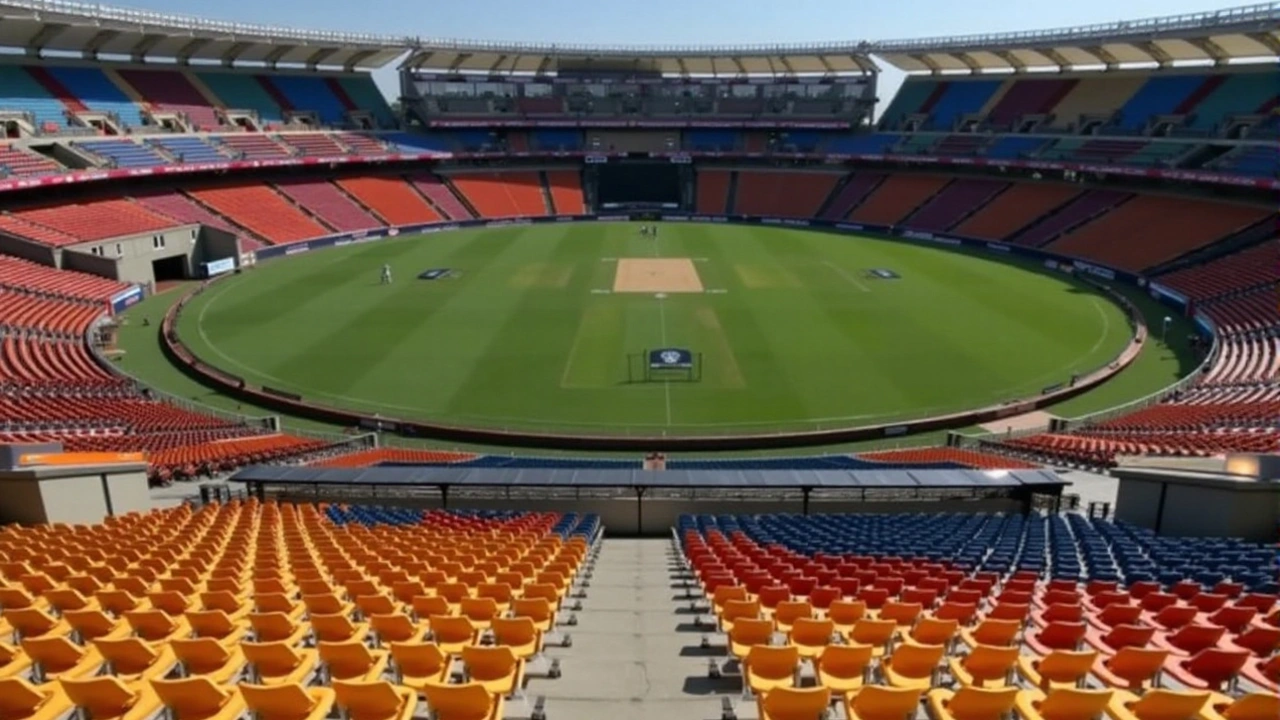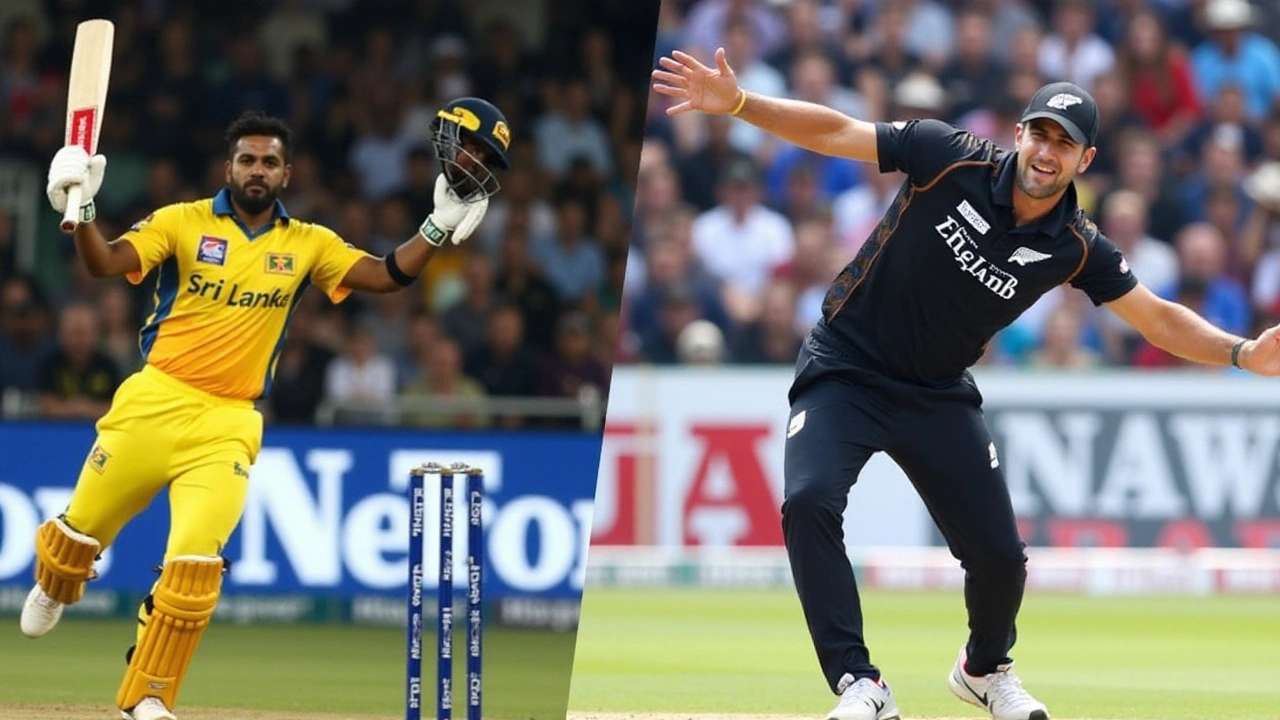ODI Cricket: What You Need to Know Right Now
ODI stands for One-Day International — the 50-over-per-side format that produces big innings, clever bowling, and tense run chases. If you want clear rules, smart viewing tips, or a quick sense of how teams plan their day, this page cuts to the chase. Read on to learn the basics and what to watch when an ODI is on.
How ODI Works — simple rules
Each side gets 50 overs (300 legal balls) to score as many runs as possible. Powerplays control fielding early: the first 10 overs have stricter field limits to favour attacking batting. Bowlers can deliver a maximum of 10 overs each. If weather interrupts play, the match target can change using a standard method (often the Duckworth-Lewis-Stern system). In many tournaments, tied knockout games go to a Super Over, but group-stage ties usually share points.
Fielding restrictions, over limits per bowler, and ball condition all shape the contest. Teams pick lineups to balance pace, spin, and batting depth. Captains juggle bowlers, track the scoreboard tempo, and adjust fields to stop scoring bursts.
Key tactics that decide ODI games
ODI is about pacing. Openers aim to set a stable platform in powerplay overs, then middle-order batters accelerate while preserving wickets. The final 10 overs — the "death" overs — often decide results, so teams plan a mix of hitters and players who can rotate strike under pressure.
Bowlers use variations and smart field settings. Early overs see attacking fields to take wickets; middle overs bring tight lines to stop boundaries and build pressure. In the death overs, slower balls, yorkers, and wide lines matter most. Teams that time these phases well tend to win more matches.
Captaincy and bench depth matter. A good captain reads pitch changes and bowling spells, while dependable all-rounders give flexibility — they can bat late and bowl useful overs, changing match dynamics without extra players.
Want practical tips for watching? Watch the scoreboard pattern: partnerships, run-rate shifts, and fall of wickets reveal momentum swings. Follow wagon wheels and run maps to see which bowlers are leaking runs. If you play fantasy cricket, back consistent top-order batters and a death-over specialist bowler.
Major ODI events include the ICC Cricket World Cup and regional series. The World Cup is where player form, team strategy, and pressure combine — and where ODI careers get defined. Keep an eye on rising young batters who can anchor innings and on bowlers who master the slower ball; they change matches fast.
If you want updates and match coverage, follow our ODI tag for live scores, match previews, player interviews, and tactical breakdowns. We post quick reads and sharp analysis so you know what matters before, during, and after the game.
Have a question about a rule or a player? Drop a comment on the latest match story or bookmark this tag to track upcoming fixtures and expert picks.
Australia Women Crush India Women by 122 Runs in Thrilling 2nd ODI Match
In a spectacular display of cricketing prowess, Australia Women clinched a commanding 122-run victory against India Women in the 2nd ODI at Brisbane's famed Allan Border Field. Ellyse Perry and Georgia Voll shone brightly with the bat, propelling Australia to a colossal 371/8. Despite a valiant effort by Richa Ghosh and Minnu Mani, India fell short, securing only 249 runs in reply.
Sri Lanka Triumphs Over New Zealand in First ODI Despite Weather Challenges
Sri Lanka secured a notable victory over New Zealand in the first ODI at the Rangiri Dambulla International Stadium, winning by 45 runs via the DLS method. Kusal Mendis delivered a standout performance, scoring a career-best 143 runs. Rain played a crucial role, adjusting New Zealand's target, and despite notable contributions from Will Young and Tim Robinson, they fell short. Dilshan Madushanka led the Sri Lankan bowling attack.

